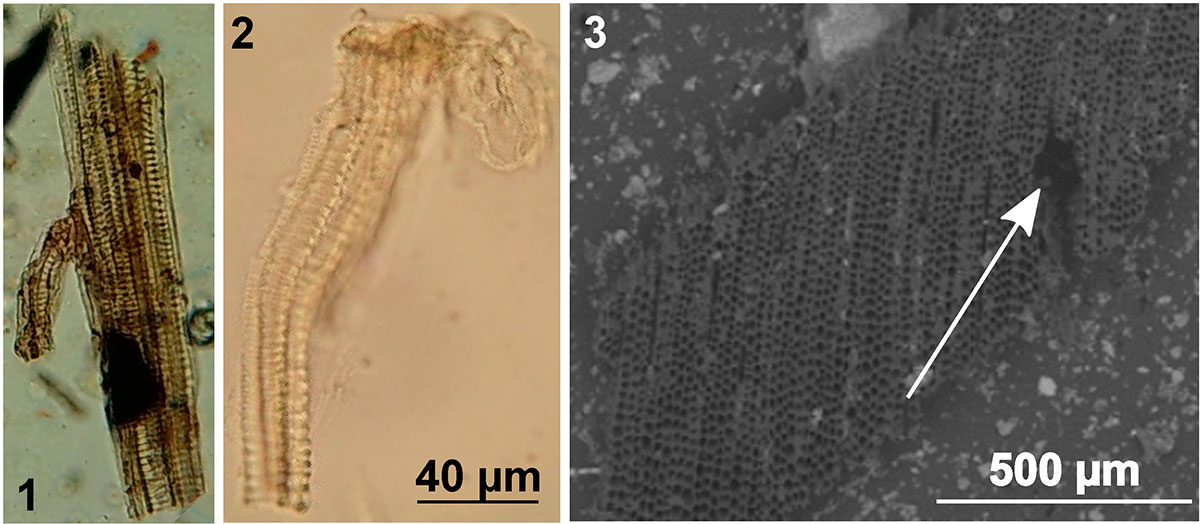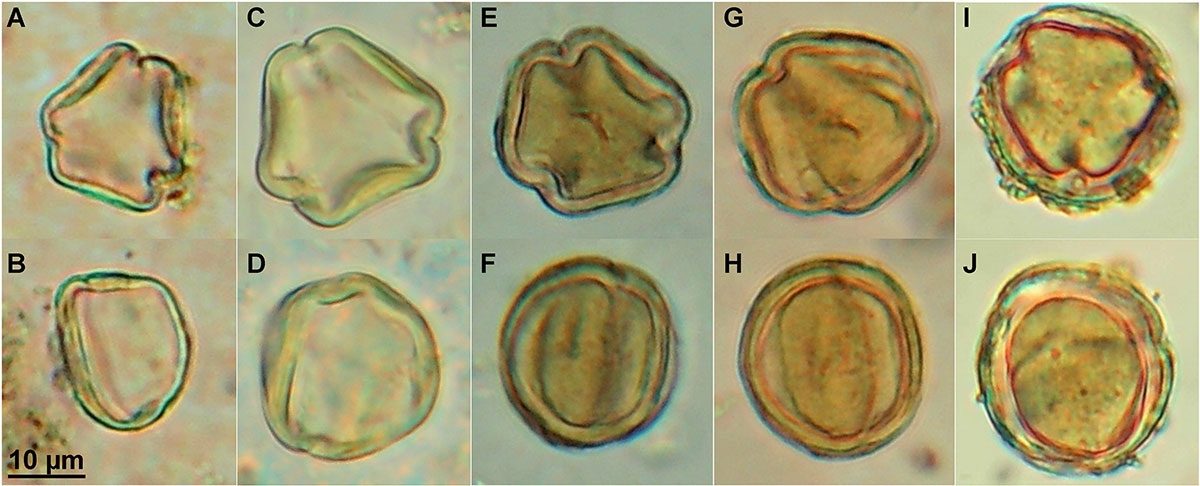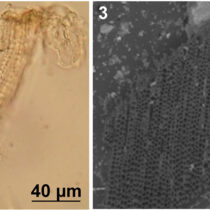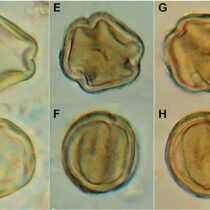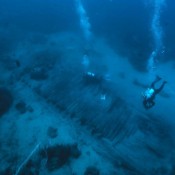Chemist Louise Chassouant of Avignon University and her colleagues investigated the pitch used for coating three 1,500-year-old Roman amphorae from San Felice Circeo (Italy) through a multidisciplinary study. The amphorae had been retrieved in 2018 and offered a rare opportunity to develop interdisciplinary research.
By analyzing samples from the amphorae the scientists were able to trace back the history beyond the artefacts. They found remains of plant tissues, pollen, grape derivatives suggesting red and white winemaking processes and pine tar, possibly used to coat the jars and make them waterproof.
Their conclusions open new consideration on the use of grape derivatives that cannot be supported by traditional analytical methods. Based on their finds the researchers assume the use of autochthonous vines. The presence of a medicinal wine (historically reported as oenanthium) is also considered.
Chassuant and her team anticipate their study to encourage a more systematic multidisciplinary approach regarding the analyses of wine amphorae.
